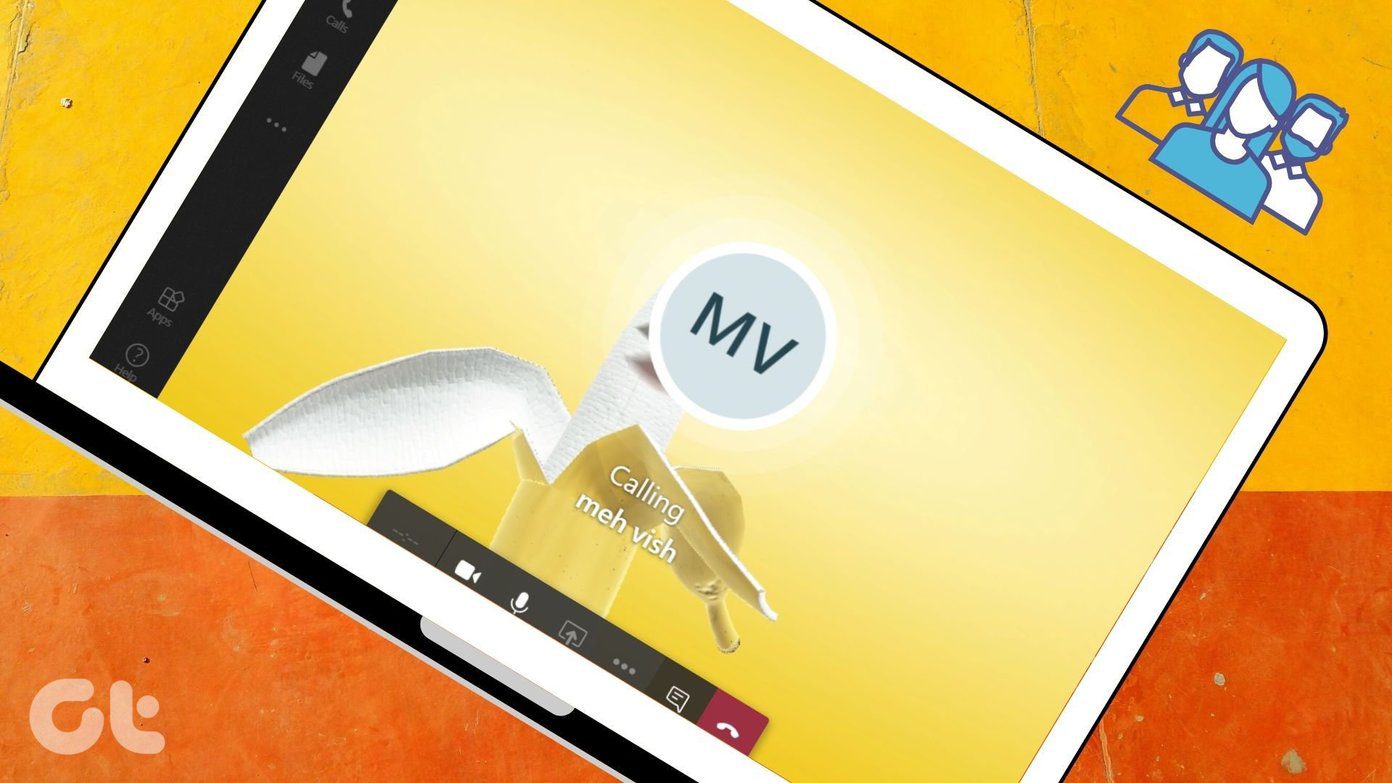If you’ve used Google Forms, you know it’s not the most fun thing in the world. Everything is plain old boring text and soulless formatting (which is kind of surprising for a Google product). Typeform though, looks like it belongs in 2015. Its design is cool, awesome, plus three more similar adjectives. Typeform will make the whole process of creating and filling surveys joyful. Its forms are responsive by default and look great on any device. Plus, there’s just a lot more to play with here. You can create relational questions, add variables, images, and content that’s just not available in Google Forms. But I know you’re a smart guy/gal and you’re not going to be convinced without some actual proof. So I decided to take the classic test case comparison approach. I created a sample form for a Freaks & Geeks Appreciation Group at a fictional high school. Below are screenshots to the two similar forms I created in both Forms and Typeform. Have a look yourself. Now, let me tell you how exactly Typeform is better than Forms. Side note: Typeform is free and there are no restrictions when it comes to creating forms and getting responses. You can pay to remove the Typeform branding.
It’s a Modern Web Product
Typeform is up with the times we live in. It fits with Canva, Medium, and Slack. It’s well thought out and it exists because it’s trying to be better than everything else.
The Design and Creation Process Is a Breeze
Much like filling out a Typeform document, creating one is also an intuitive process. You start by building the form using a drag and drop editor. Drag in the content type, customize the card, and get moving. Your progress is autosaved so feel free to preview the form at any time. Talking about content types, Typeform gives you long text, short text, email, multiple choice, drop down, paragraph box, and more.
Customizable Themes
When I say Typeform is a well thought-out product, I mean a lot of decisions are already made for you. If you simply follow along with the process, you’ll still end up with something awesome. When you start, you can just begin with a Template suitable for your needs. If you created a form from scratch, you’ll find Themes in the Design section. They have themes for all sorts of basic forms like registration, birthday party, club invites, and a lot more. And for a cool, Medium style effect, try adding a background image and lowering the brightness to about 25%. Yes, Google Forms has themes as well but they build upon the basic framework of the form, which itself is the problem. While you can change the theme, just swapping the font and adding a header image isn’t going to make a Google Form more attractive to a user.
Getting the Data Out Is Easy
Typeforms come with embeddable widgets so you can embed your Typeform right inside your web page. Just like I have done below.
This means you’ve made it extremely easy for the user to fill the form out. They’re going to appreciate it. And lastly, visualizing your data is also easy. I’ve used Forms a couple of times and it has native Google Sheets integration but figuring out the options has always been difficult for me. In Typeform, you don’t have to do anything. Typeform will do the tracking for you. It will tell you (also in visual form) how many users visited the page, how many filled out the form, how far along they got, and the data they submitted. You can then export it to an Excel file. You can also add Google Analytics to it if you choose.
Testing Notes
It took me quite a bit longer to create the form using Typeform than it did using Google Forms. That’s because when I was using Typeform, I was way into it. I was searching for images for background, experimenting with the layout, trying out new themes, and so on. Google Form’s interface at this point is just bad. There are way too many clicks involved to do simple stuff and options aren’t self-explanatory. From an end-user perspective, here are some reasons why I’m much more likely to complete a Typeform form when compared to a Google Form.
Typeform is visual and doesn’t burden me with information. The welcome page gives me a good intro for what I’m getting into and as that’s the only thing on the page, I’m much more likely to read it.The actual process of filling out a Typeform is way easier. Enter, type in the answer, Enter, type in the answer, repeat.Pressing enter takes me to the next question and still, that’s the only piece of information on screen. This is great for mobile users. Google Form on mobile feels like a receipt from McDonalds.The text is big and clear. Way easier to read.The step-by-step approach has been proven to work many times before, even on crappy products (think Windows installers). The same principle here keeps the user hooked. The progress bar at the end nudges the user on.
What Will You Create?
I think Typeform can be used for a lot of stuff. Typeform’s own tutorial is made with Typeform for crying out loud. If you’re coming up with a form or a survey, no matter how simple or complicated (Typeform will handle variables, relation based questions, and more), check out Typeform. If you created something awesome, feel free to share with me in the comments below. The above article may contain affiliate links which help support Guiding Tech. However, it does not affect our editorial integrity. The content remains unbiased and authentic.













